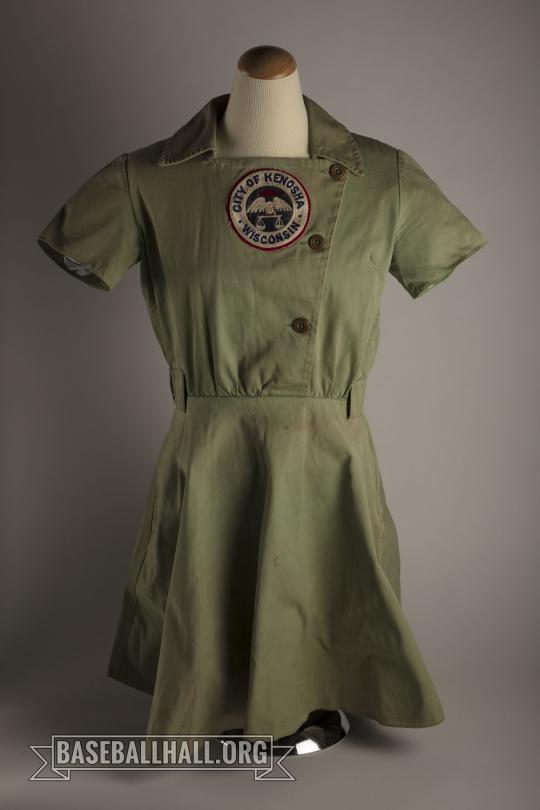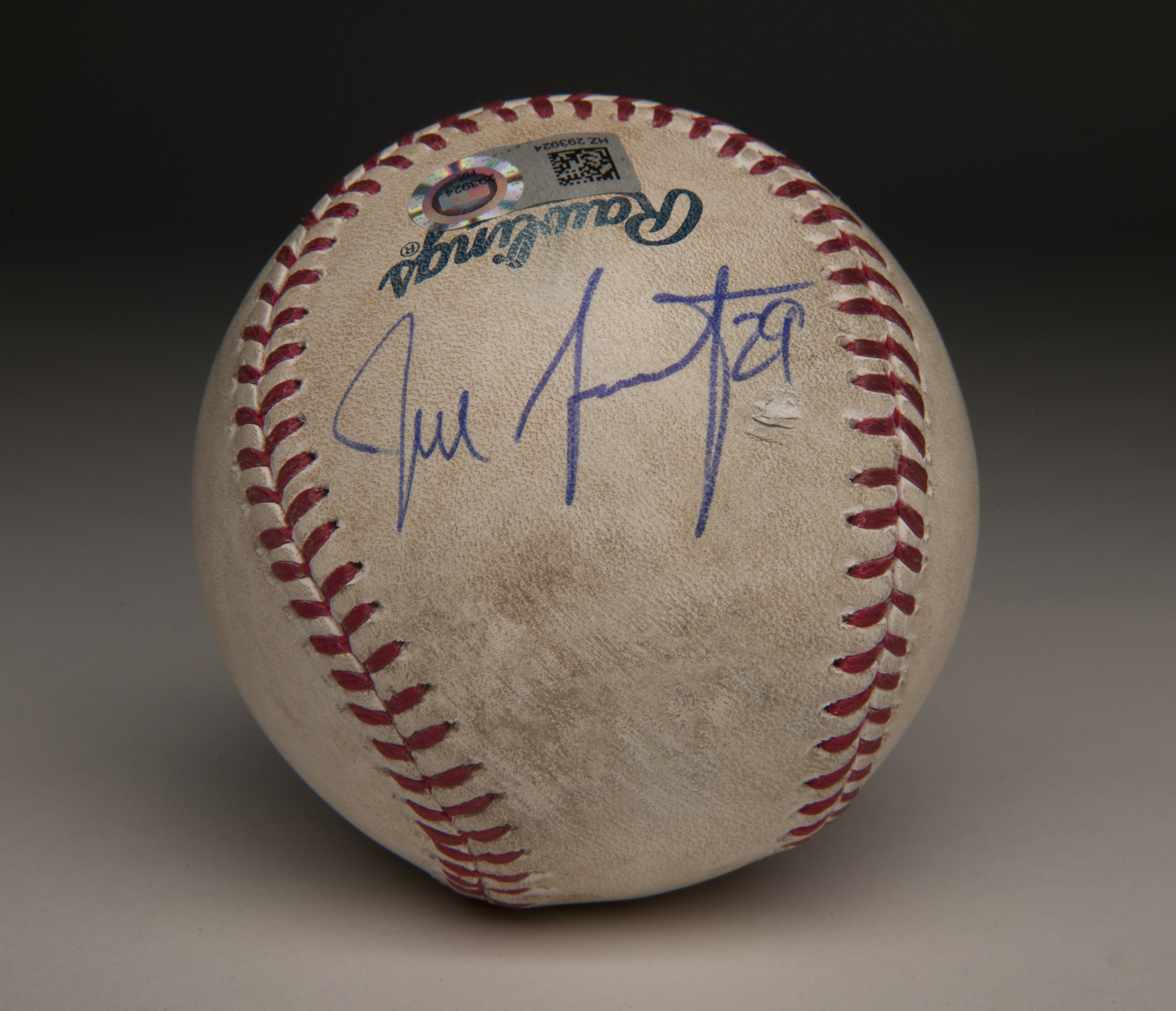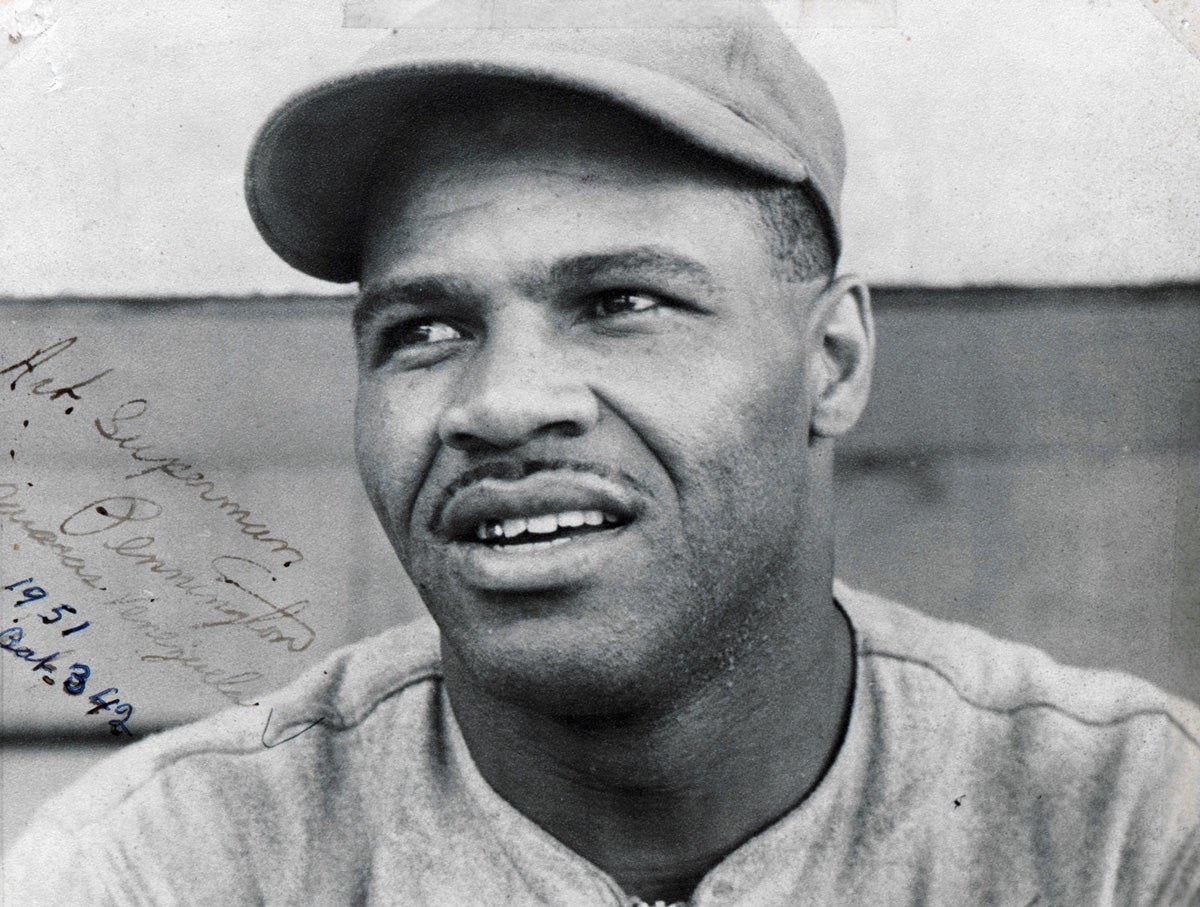#Shortstops: An Athlete and a Scholar
For one slugging outfielder, playing baseball meant more than just the thrill of the game, it meant opportunity.
At 15 years old in 1943, Audrey Wagner began her career with the All-American Girls Professional Baseball League, and her efforts on the field helped her earn enough money to put herself through college and medical school. While playing baseball was a dream come true, becoming a doctor was her life goal.
Alongside baseball, Wagner performed a number of jobs in order to go to school including setting pins at a local bowling alley, working in greenhouses and grocery stores and carrying a newspaper route. Playing baseball, however, was her most successful endeavor.
Once Wagner received her degree, she hung up her cleats and interned at Cook County Hospital where she specialized in obstetrics. After her internship and residency, she would open up a practice in California where she lived until her death in a plane crash in Rock Springs, Wyo, in 1984. Without the AAGPBL, Wagner may not have been afforded the same opportunities and her dreams of becoming a doctor may have never come true. The money she earned during her time with the league was more than she would have earned doing smaller jobs. Her talents on the field gave her the ability to fulfill her dreams.
Sophie Grus was a curatorial intern in the Hall of Fame’s Frank and Peggy Steele Internship Program for Youth Leadership Development





